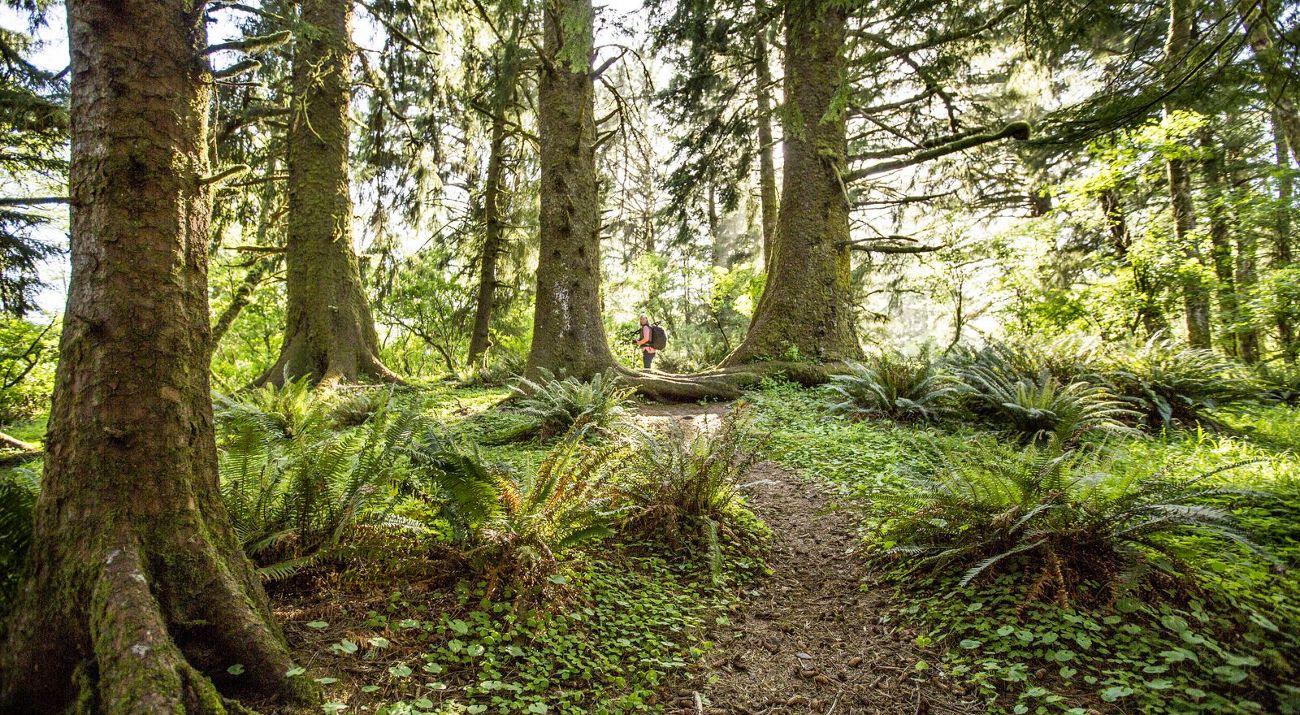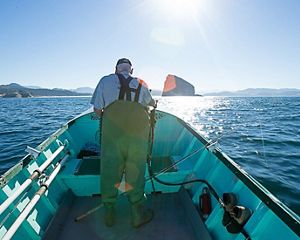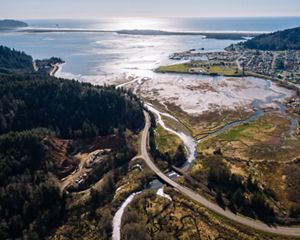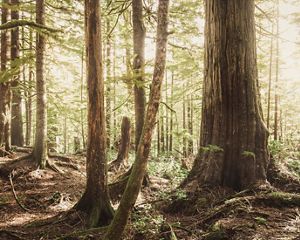Farms and forests mean different things to different people, but we should all consider them important tools in the fight against climate change. A new joint study from researchers at Portland State University and The Nature Conservancy in Oregon found that natural and working lands have the potential to reduce emissions and help limit the impacts of climate change when paired with a transition to clean, renewable energy.
Led by PSU post-doctoral researcher Rose Graves and Ryan Haugo, The Nature Conservancy’s Director of Conservation Science, the study shows that land management—the ways in which we manage, restore and protect our forests, agricultural lands and riparian areas, in particular, could have meaningful impact on Oregon’s overall greenhouse gas emissions.
"This study demonstrated that climate-smart management and restoration of Oregon’s natural and working lands has an important role to play in helping to avoid the worst impacts of climate change on a global scale," said Haugo.
Quote: Ryan Haugo
Natural climate solutions in Oregon could provide the equivalent of eliminating the emissions from 63,000 to over 200,000 more passenger vehicles per year than business as usual.
Forests and Farms Can Be Carbon-Storing Superstars
The study found that climate-informed forestry and agricultural practices have the greatest potential to lower emissions. Using cover crops and no-till methods on Oregon’s farmland and allowing trees to grow longer on a portion of Oregon’s working forests would store more carbon while creating healthier soil and habitats. Reforestation along riverbanks and replanting after wildfires would also have major impact.


Every Little Bit of Nature Helps
While forests and farms would have the greatest impact, the study found that taking advantage of the full suite of natural climate solutions would yield the best results. The protection and restoration of grasslands and sagebrush-steppe in Eastern Oregon would contribute to emissions reductions on a smaller scale. The potential of tidal wetlands and estuaries, which store an impressive amount of carbon per acre, was also studied. Though the total estuarine acreage in Oregon is relatively small, the restoration of tidal wetlands provides important habitat for fish and wildlife and should not be overlooked.
Quote: Rose Graves
In most cases, these natural climate solutions would provide co-benefits like cleaner water, improved soil health, flood protection, or habitat for native species.
The Way Forward is Not Business as Usual
“At present, we are not on track to reduce emissions enough to limit the worst impacts of climate change,” notes Haugo. “This study provides a path forward for state leaders, landowners and managers to reduce carbon emissions, while helping to ensure that those who live and work on the land don’t bear the brunt of climate change.”



